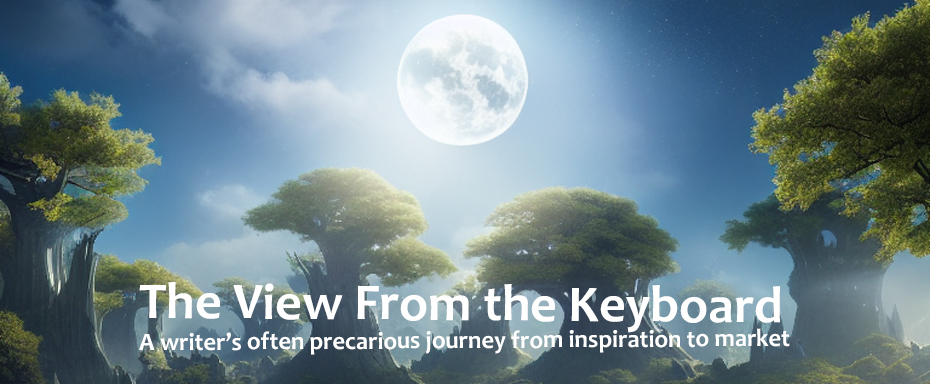This
post was first uploaded on Thursday 18th August, 2016. Archived
posts have been recovered following irretrievable login problems.
Is there anything as sweet as an acceptance letter?
Every aspiring writer – aspiring to becoming a known name, a professional, whatever definition you want to put on one’s serious participation in the field of popular or commercial writing today – must deal with the bare facts and they are intimidating. To throw your hat into the literary ring calls for more than a little fortitude, as the odds are overwhelmingly loaded against the writer.
Statistics are available, derived from a cross section of the writing and publishing public – take a wander through the stats at The(Submission) Grinder and you may be appalled. Unless I was reading the data incorrectly, something like 96.5% of all submissions are rejected, another per cent or two are lost, and one-point-something per cent are acceptances.
On the face of it there seems to be a wider marketplace than ever before, but the apparent richness is deceptive. Yes, there are scores and scores of media outlets now, a great many catering to the contemporary taste for “speculative” fiction – science fiction, fantasy, horror and every admixture and permutation of those categories. But marketplaces are far from equal and when sorted by their particular requirements the amazing variety goes down like a stone in terms of their applicability to any particular piece you may have written.
Length is an obvious limiting factor – writing to length is all part of the art, but the various latitudes of different marketplaces mean you develop a selection of available material which simply cannot be universally submittable for this reason alone. Then there is tenor – what is a particular marketplace looking for? Gritty realism or PG-13 fun? The same story cannot be both unless you have the flexibility to write multiple versions of the same piece, editing and reworking to tune it to different outlets. There is nothing impossible in this but it is a very commercial and mercenary pursuit – ruthless, in fact, to one’s own natural style which is inevitably drowned in the requirements of others. That’s a topic to come back to.
What about “voice?” There are outlets which favour “experimental narratives” – prose so oblique and filled with peculiar metaphor that it jangles in the ear like a sack of scrap metal, and that’s fine, those marketplaces know what their readers want and are giving it to them. There are other outlets which have had quite enough of those experiments and want lush prose into which the reader can sink like a scented bath. Each to their own, but where does the writer fall in this?
Research is an ongoing pursuit, one comes across new outlets on an almost daily basis – sadly many are now-closed anthologies, or magazines which went defunct five years ago and have not been weeded from databases. And what about the question of who is reading and who isn’t? A wise move is to keep a check on this, note when markets are re-opening for submission and be ready with appropriate material.
This is all very intimidating to the newbie, but nothing that can’t be squared away with practice and forethought. Standard manuscript format is another such industry hoop to jump through – you only need to fix those details once, then adjust as necessary for the specifics of individual outlets.
Jumping in at the deep end seems to be the only way, and, with at least some trepidation, I did just that. I have my acceptance letter and it’s a wonderful feeling, coming on top of a string of semi-pro credits in the last few years; there are also the near-misses resulting in an encouraging, personalised rejection. It whispers keep going, one day you’ll send the right story to the right outlet where it’ll be seen by the right readers on the right day, and you’ll have another pro credit. And of course, in addition, there are the short-listings, passing the first-readers and being held for second-round consideration, and they are very sweet indeed!
That’s the dream – to call oneself a published writer, taking part in the machine of popular fiction as we know it in the electronic age. Nothing has really changed in the last century at the fundamental level of aspiring to write, the internal impulse to be a storyteller no matter what, but the industry changes over time and the writer must endeavour to keep pace, to change with it.
Oh, by the way, that dream office in the header pic is not mine (surprised, right?), I found it on a free image search on the web. But it’s where I wish I was sitting to compose this. Well, maybe one day!
Cheers, Mike Adamson.


No comments:
Post a Comment